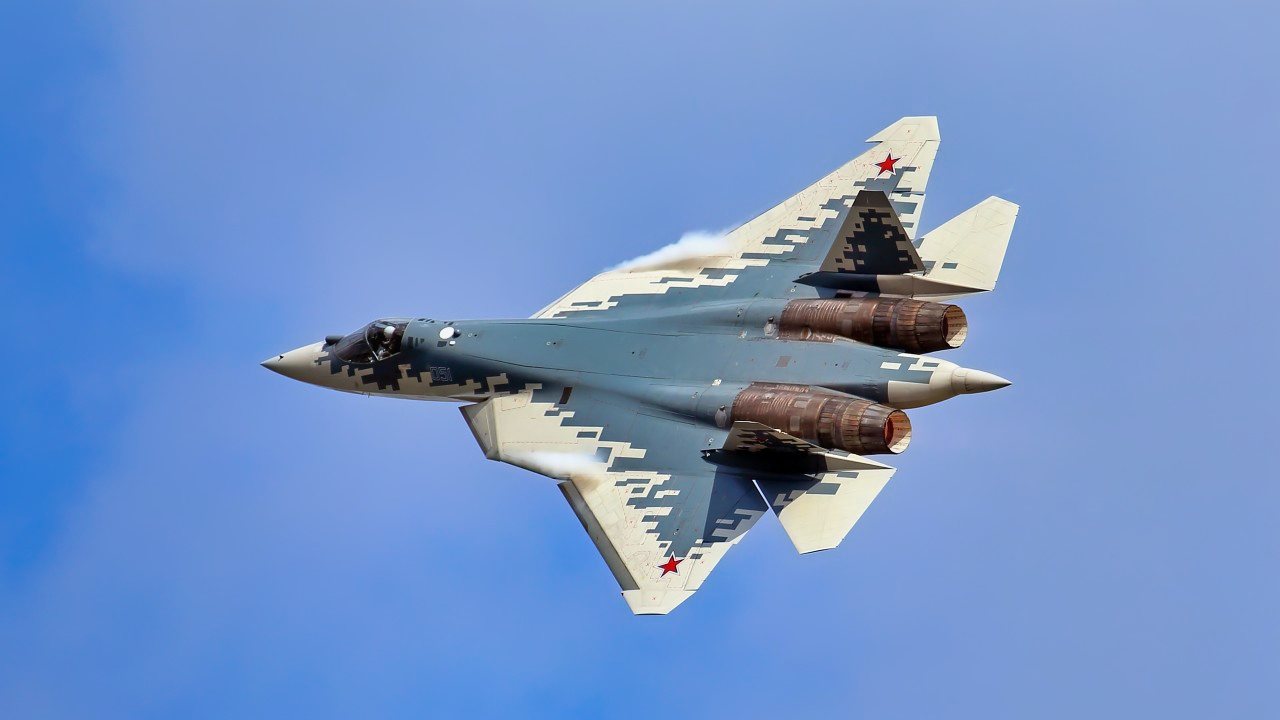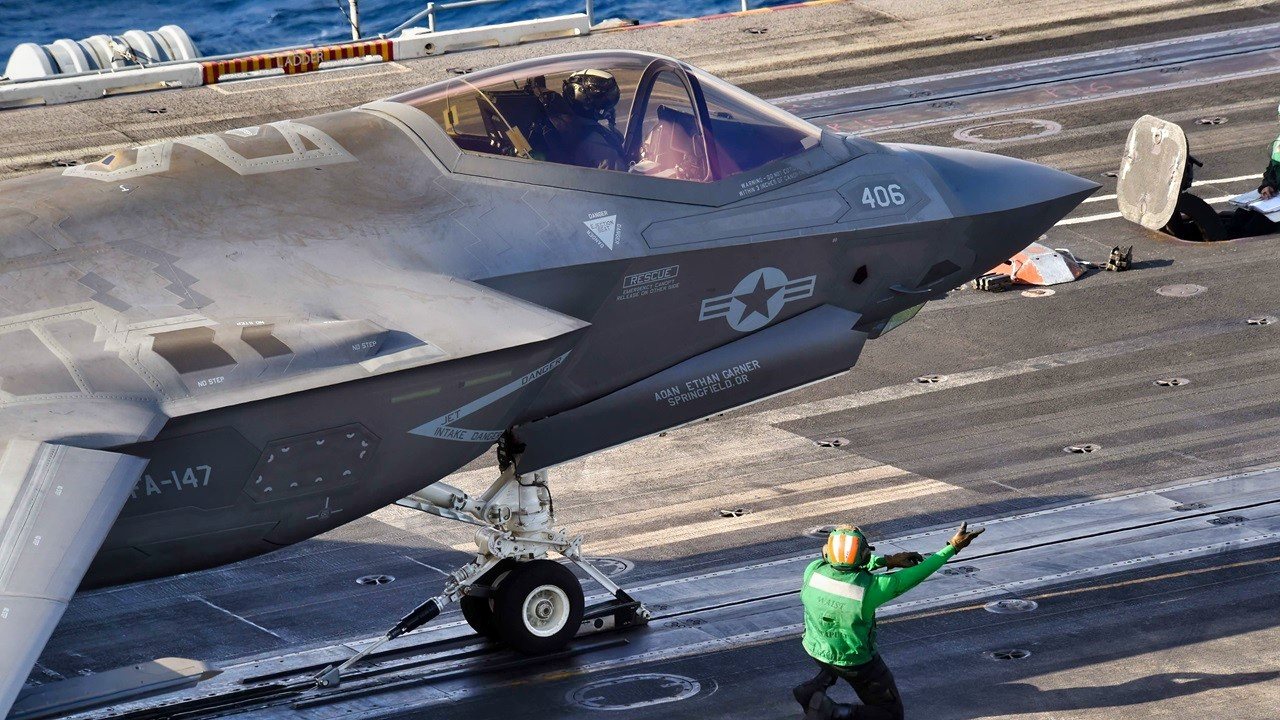NGAD: The Air Force Is Desperate for this Stunning 6th Generation Fighter
NGAD could sport some unique capabilities that China or Russia won't be able to match in the sky - but it won't be cheap for the U.S. Air Force.
Few of the world’s great powers have the capacity to design and produce fifth-generation fighters. The U.S. is an outlier, with its various fifth-generation airframes and thousands of finished units. Only Russia and China have a homegrown fifth-generation fighter, and neither has fielded those jet in numbers anywhere near to rivaling the U.S.
Yet the U.S. is already looking ahead to the sixth-generation of fighter aircraft, with a project known as Next Generation Air Dominance, or NGAD.
Fifth-Gen F-35 Fighter vs Sixth-Gen NGAD
What qualifies as fifth-generation technology is not precisely defined. But most agree that a fifth-generation fighter features characteristics including stealth, low-probability-of-intercept radar, maneuverable airframes, supercruise, advanced avionics, and integrated computer systems that can network with other systems in the battlespace.
Examples of fifth-generation fighters include the Lockheed Martin F-22 Raptor, the Lockheed Martin F-35 Lightning II, China’s Chengdu J-20, and the Russian Sukhoi Su-57.

The fifth generation represents the cutting edge of fighter technology. The NGAD program aspires to render it obsolete.
The NGAD will be one of the first designs in fighter aviation’s sixth generation. Again, what qualifies as sixth-generation technology is not precisely defined. Some of the technology does not even exist yet. But certain characteristics are emerging as the foundation of the sixth generation.
Sixth-generation aircraft are expected to improve upon fifth-generation abilities in air-to-air combat and in accessing denied airspaces. As with fifth-generation aircraft, sixth-generation aircraft will consider modern trends in aerial warfare in which close-in dogfighting is becoming less common, and beyond-visual-range air-to-air missile capability is becoming more common.
Sixth-generation aircraft will likely incorporate AI technology for advanced digital capabilities, data fusion, and cyber warfare. Forthcoming jets will likely have the ability to operate remotely, or without a pilot at all.
Similar to the F-35 and its advanced helmet system, sixth-gen aircraft will integrate the pilot with the airframe, using virtual cockpits and helmet-mounted displays that allow for 360-degree vision. Stealth will continue to be vital, and indeed will need to be improved upon as airspace denial technology advances.
Sixth-gen aircraft will incorporate advanced variable-cycle engines that can supercruise and provide high thrust when required. To complement the airframes themselves, sixth-generation fighters will likely carry increased-range stand-off weapons, beyond-visual-range weapons, and perhaps directed-energy weapons like laser close-in weapons systems.
Will NGAD Be the First Sixth-Generation Fighter?
The Americans were the first to unveil fifth-generation fighters, and the Americans are going to be a favorite to unveil the first sixth-generation fighters. The NGAD might become the world’s first operational sixth-generation jet.

The NGAD stems from a 2014 DARPA study to explore concepts for air superiority systems that would be suitable for the 2030s. Based on the results of the study, Department of Defense acquisition chief Frank Kendall launched the Aerospace Innovation Initiative in 2015 to develop X-plane prototypes to demonstrate future jet technology. These were the first steps toward sixth-generation technology.

The cost of the future NGAD plane was not disclosed, but Kendall said we can expect a price tag in the hundreds of millions. “It’s going to be an expensive airplane,” Kendall said. Voters are still wrapping their heads around the price tag of the F-22 and F-35 programs, the ROI of which has not yet been made readily apparent.
About the Author
Harrison Kass is a prolific defense writer with over 1,000 articles published. An attorney, pilot, guitarist, and minor pro hockey player, Harrison joined the US Air Force as a Pilot Trainee but was medically discharged. Harrison holds a BA from Lake Forest College, a JD from the University of Oregon, and an MA from New York University. Harrison listens to Dokken.
All images are Creative Commons or Shutterstock.


